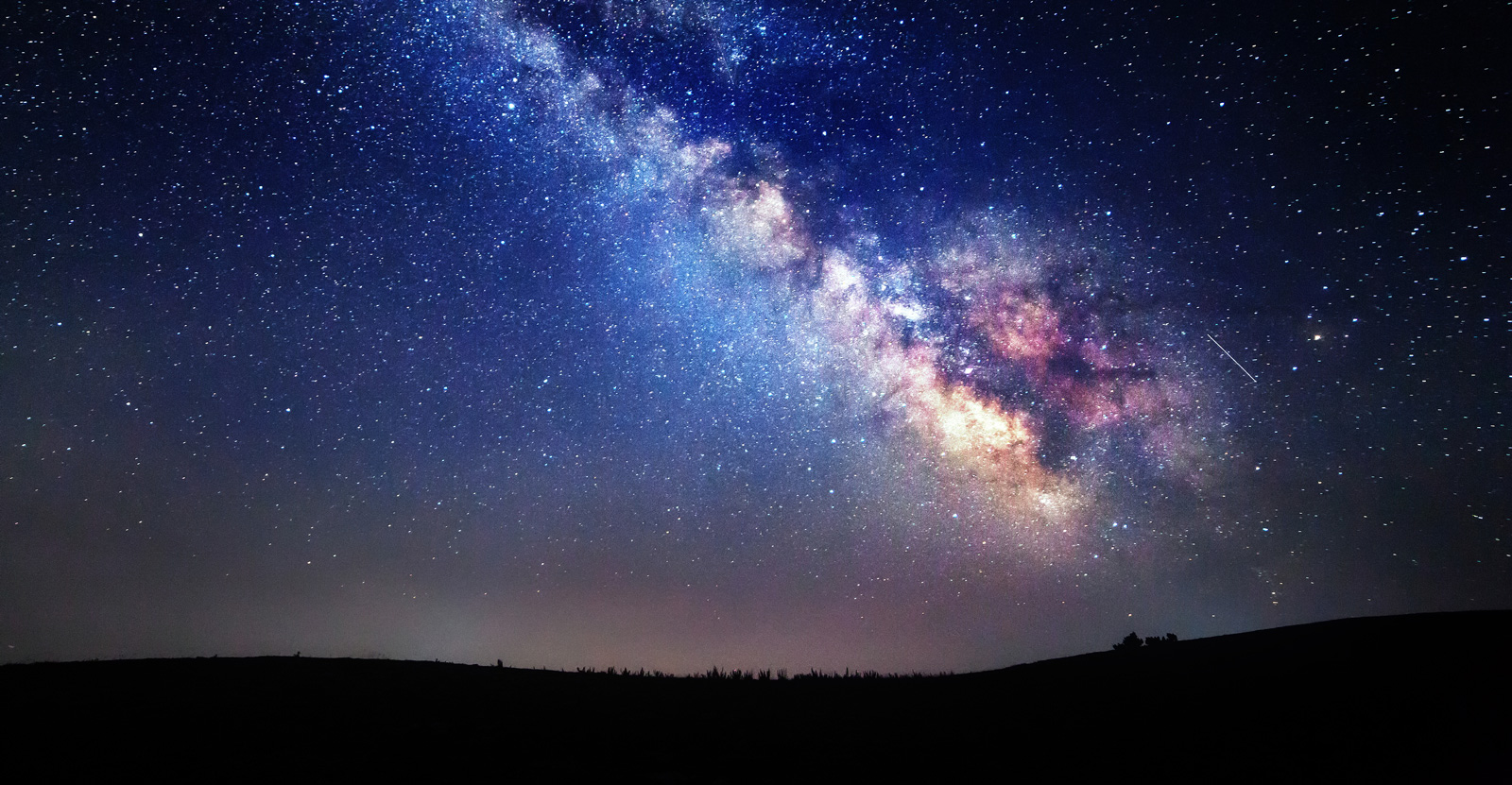Rajesh Menon is an Electrical and Computer engineering professor at the University of Utah
He plans on incorporating this new low light filter in smartphones. However,the filter can be used by any kind of digital camera. The way it sounds smartphones may be giving DSLR’s a run for their money in the low light department very soon.
Overall, camera phones are very good, but they are not very good in lowlight,” says Menon. “If you go out on a hike in the evening and take a picture of the sky you will see that it’s very grainy. Lowlight photography is not quite there and we are trying to fix that. This is the last frontier of mobile photography.”
Traditional digital cameras, whether they are point-and-shoot cameras or the now-ubiquitous smartphone cameras, use an electronic sensor that collects the light to make the picture. Over that sensor is a filter designed to allow in the three primary colors: red, blue and green. But by doing so, natural light hits the filter, and the filter absorbs two thirds of the color spectrum in order to let through each of the three primary colors.
“If you think about it, this is a very inefficient way to get color because you’re absorbing two thirds of the light coming in,” Menon says. “But this is how it’s been done since the 1970s. So for the last 40 years, not much has changed in this technology.”
Menon’s solution is to use a color filter that lets all light pass through to the camera sensor. He does this with a combination of software and hardware.
Menon has designed a new color filter that is about a micron thick (100 times thinner than a human hair). It is a wafer of glass that has precisely-designed microscopic ridges etched on one side that bends the light in certain ways as it passes through and creates a series of color patterns or codes. Software then reads the codes to determine what colors they are.
Instead of just reading three colors, this new filter produces at least 25 new codes or colors that pass through the filter to reach the camera’s sensor, producing photos that are much more accurate and with nearly no digital grain.
You can read the original article over at The University of Utah- U News
Source: The University of Utah- U News

